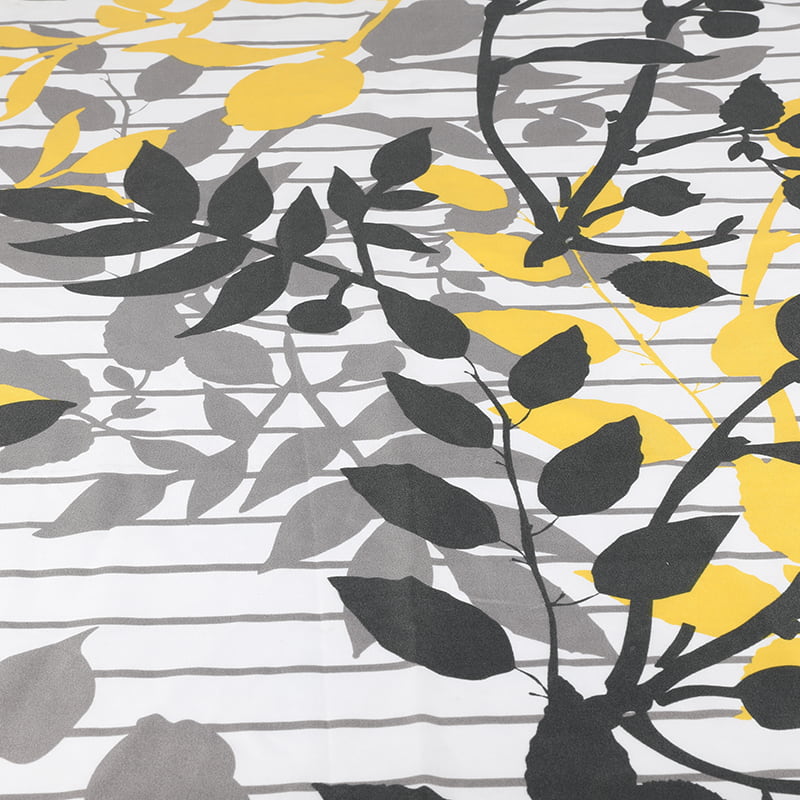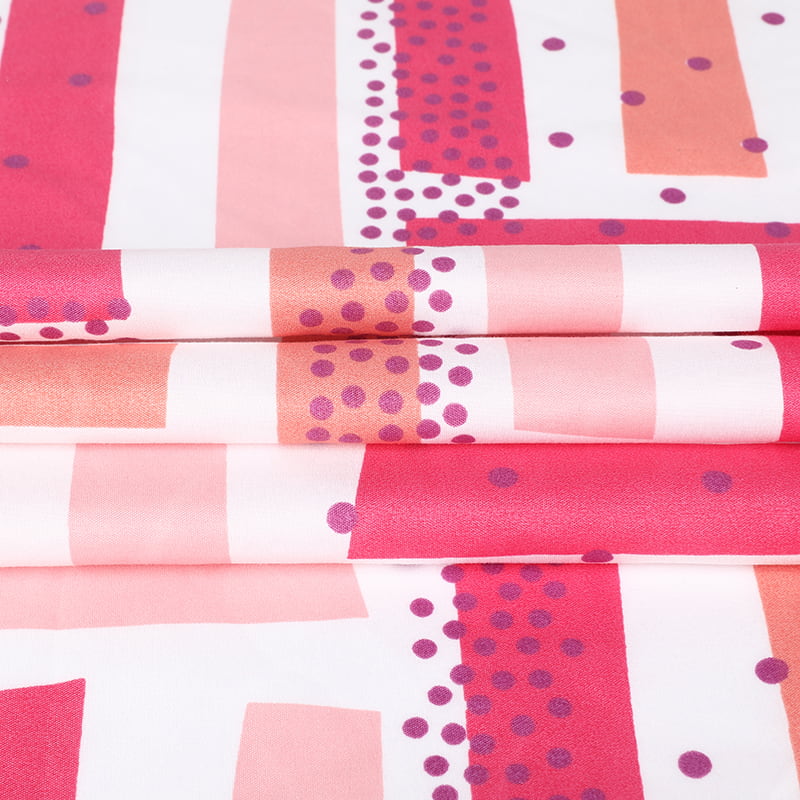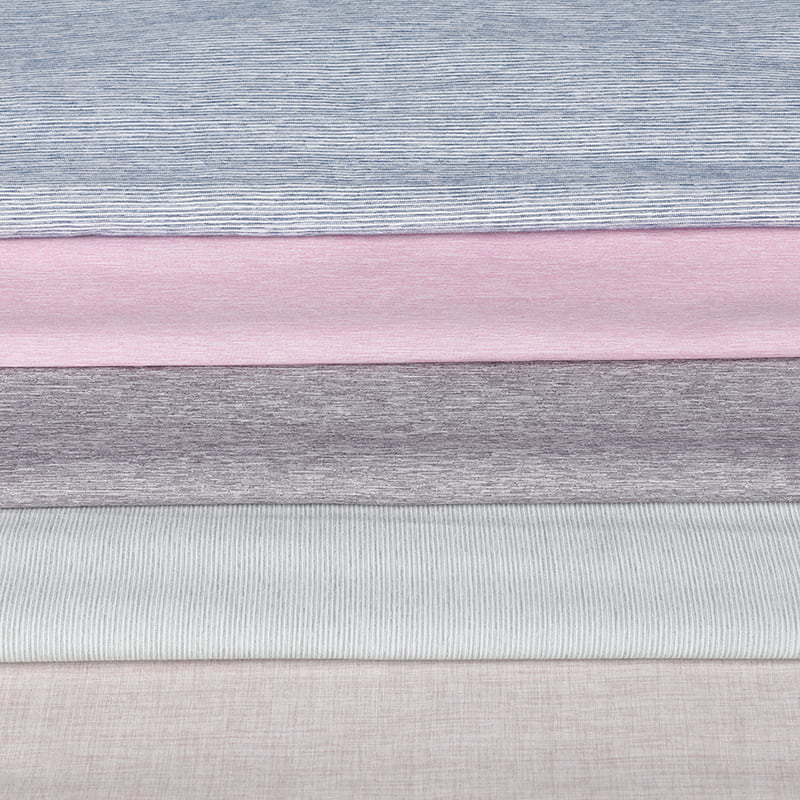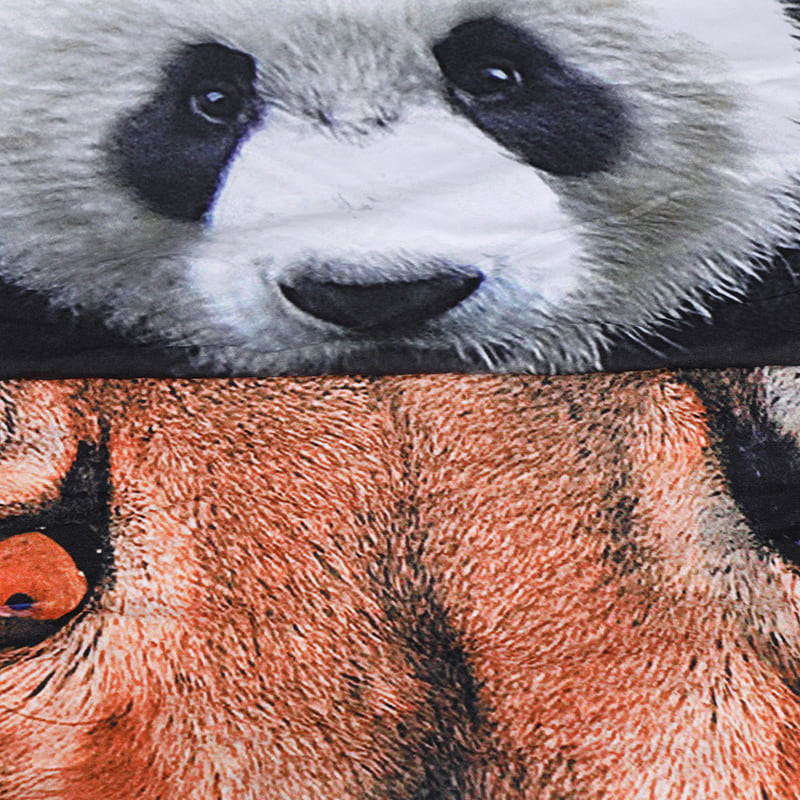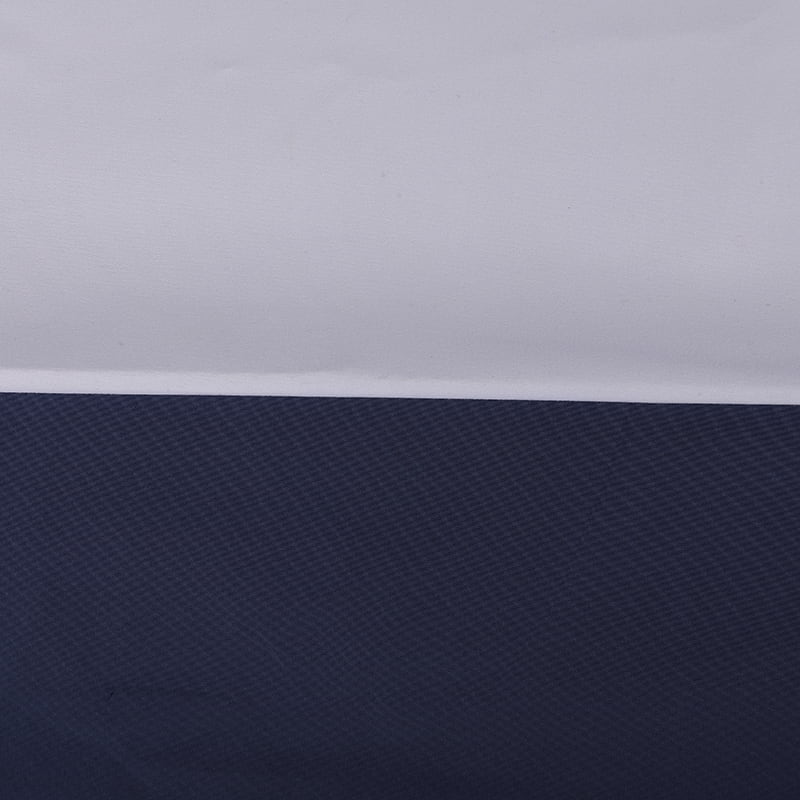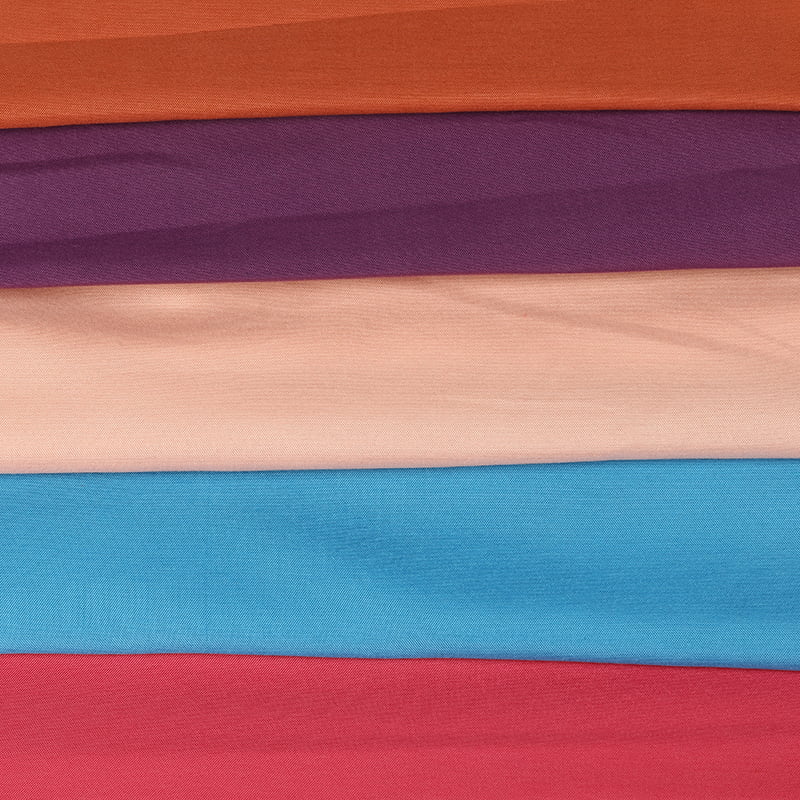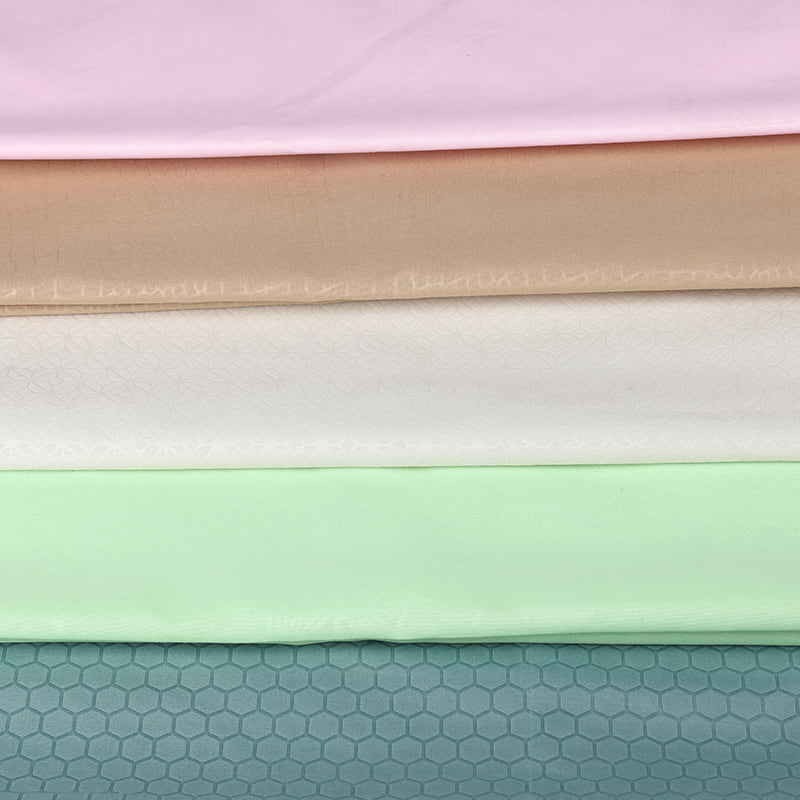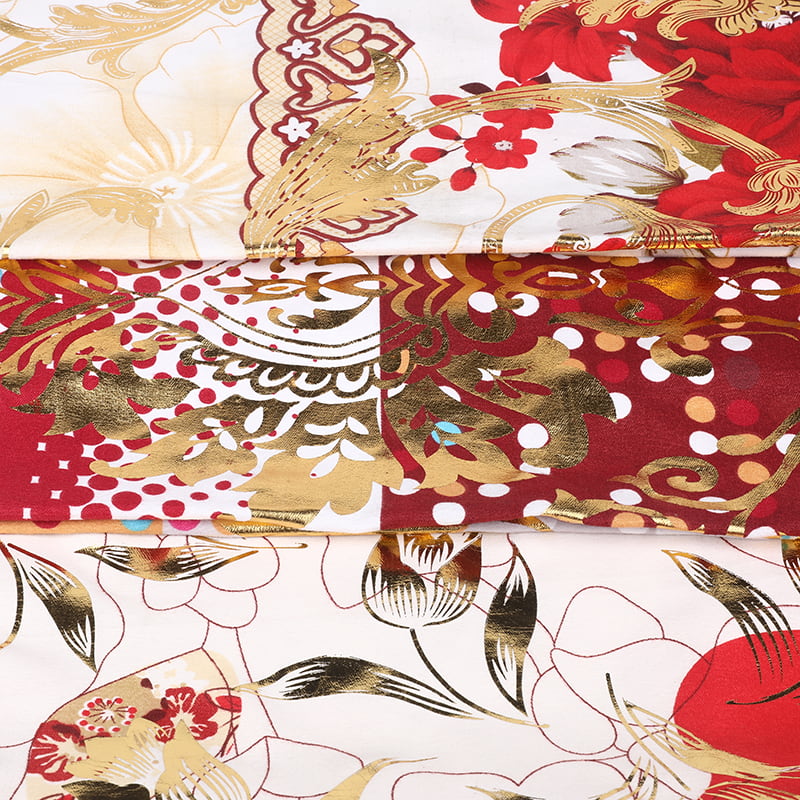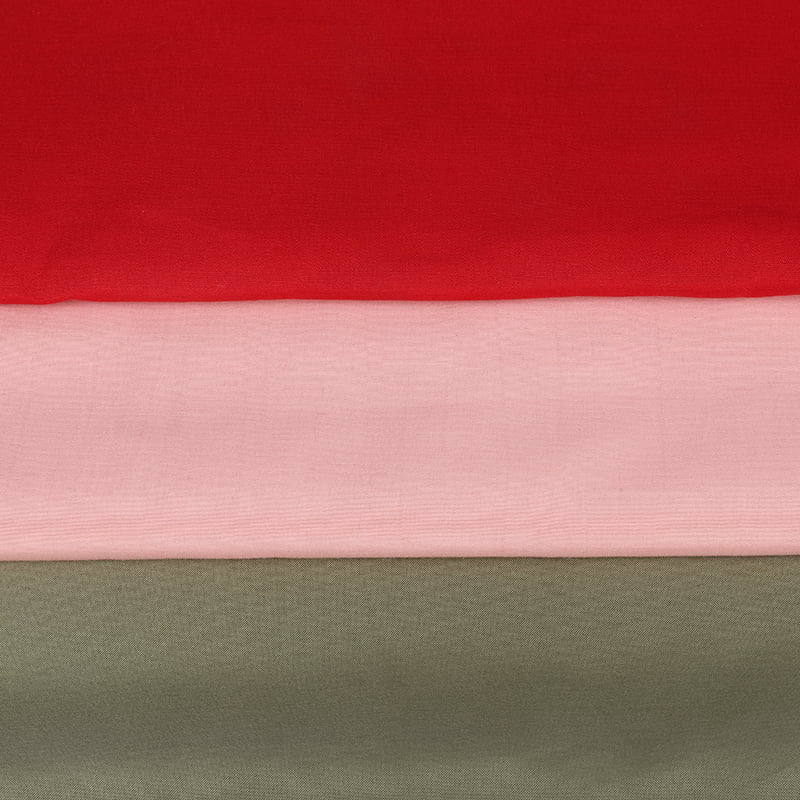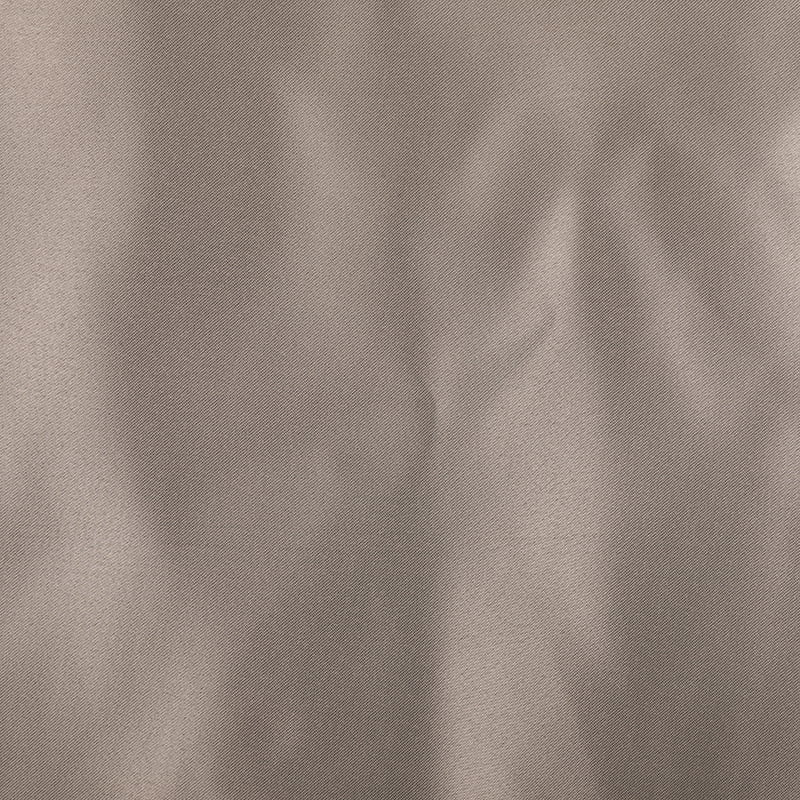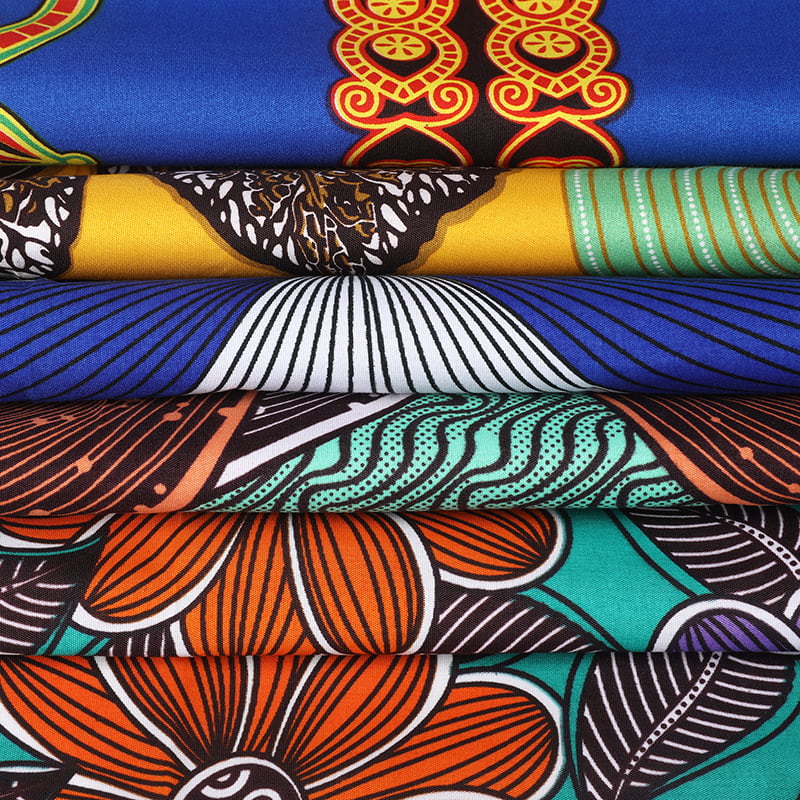What is Pigment Print Fabric? Advantages and disadvantages of pigment printing, how to do pigment printing? The use of pigments instead of dyes to produce calico has become so widespread that it has come to be considered a separate form of printing. Pigment printing is direct printing with pigments. This process is usually called dry printing to distinguish it from wet printing (or dye printing).
Pigment printing and dye printing can be distinguished by comparing the hardness difference between the printed part and the unprinted part on the same fabric. Pigment-printed areas will feel slightly harder and perhaps thicker than unprinted areas. If the fabric is printed with dye, there will be no noticeable difference in hardness between the printed and unprinted parts.
Dark pigment prints are likely to feel harder and less flexible than lighter or pastel colors. When inspecting a piece of fabric for the presence of pigment prints, make sure to check all colors as there may be both dyes and paint on the same piece of fabric. White paint is also used for printing and this factor should not be overlooked.
Pigment printing is the cheapest printing method in printing production, because the printing of paint is relatively simple, requires the least process, and usually does not require steaming and washing. Coatings are available in bright, rich colors and can be used on all textile fibers. Their light fastness and dry cleaning fastness are good, even excellent, so they are widely used in upholstery fabrics, curtain fabrics, and clothing fabrics that require dry cleaning. In addition, the paint hardly produces large color differences on different batches of fabrics, and the coverage of the base color is also very good when overprinting.
With repeated washing or dry cleaning, the pigment print will gradually fade and the color will become lighter and lighter. This is due to the continuous rotation and stirring during the cleaning process, which gradually causes the resin adhesive to fall off. Generally, after 20-30 times of washing, this printed cloth will appear obviously fading. Colorfastness is improved due to the application of resin and silicone softeners to the fabric during the finishing process. It is worth noting that dark colors fade more quickly than light or pastel colors.
The paint makes the printed part of the fabric feel stiff, which is less noticeable in light colors but prominent in darker colors. The paint isn't particularly hardwearing, especially the dark colors. Dark paints should especially be avoided in applications such as upholstery fabrics.
We are a professional microfiber fabric manufacturer, if you are interested in our products, please contact us.



